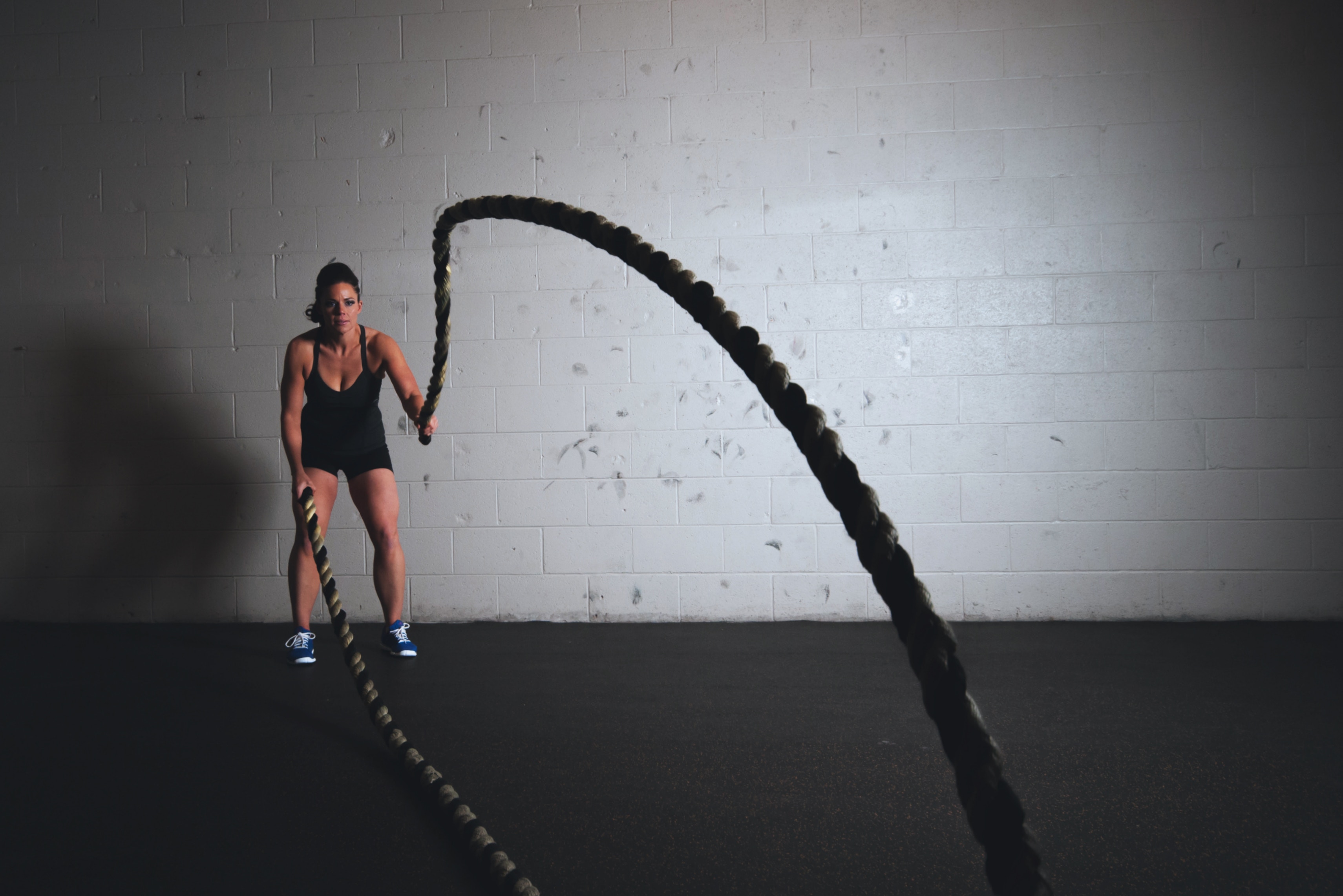Exercise vs Activity: How these Differ When Dealing with Pain
When dealing with chronic pain, you’ll probably hear doctors, nurses and pain management specialists recommend exercises and activity. Exercising or being physically active when you’re in pain can seem daunting. Getting out of bed is difficult enough!
What you may not know is that there are differences between exercise and activity, and they should be used at different times to manage pain and discomfort. By understanding the role that exercise and activity play in your life, you can use them effectively to manage pain.
What’s the Difference between Exercise and Activity?
Yes, exercise and activity are distinct. And, they are not a substitute for each other. Let’s learn more about why this is the case.
- Exercise. Exercise involves repetitive movements for the purpose of improving physical and emotional health. Common types of exercise include stretching, aerobics and core strengthening. To be considered an exercise, it must elevate your heart rate.
- Activity. Being active can include any number of things that keep you busy and on your feet, such as working a retail job or being a professional painter. Activity brings value to your life by keeping you engaged and stimulated, but it does not elevate the heart rate as exercise does.
Why Exercise and Activity Matter for Pain Management
Benefits of Exercise for Chronic Pain
Exercise raises the heart rate and produces feel-good chemicals in the brain. You’ve probably heard of the term “runner’s high,” and you don’t need to be a runner to achieve it. Swimming, biking or brisk walking provide the same effects. When the body is in a relaxed state, the nervous system is less sensitive to stimuli.
By exercising on a regular basis, your nervous system will be less reactive, reducing the pain and discomfort that you normally feel. To see the best results, you need to exercise at least 3-4 days a week for the long term. Improvements won’t be made overnight, but in time, you should see that your pain is more manageable.
Benefits of Activity for Chronic Pain
As for activity, it’s imperative that you have things that make you feel good about yourself. Any activity that focuses your attention away from the pain is worth pursuing. The best activities also provide self-esteem and self-definition. Understandably, some pain sufferers have a hard time separating themselves from their discomfort. A meaningful activity can help with this.
Furthermore, staying active avoids boredom, a trigger to pain. When people don’t have engaging hobbies to fill their time, they are more likely to develop poor coping skills. As hard as it may sound, the best way to decrease pain is to get off the couch and do something that’s meaningful and enjoyable.
Call Jersey Rehab Pain Management to Achieve an Active Life
Exercise and activity are equally important for those dealing with pain. Always talk to your doctor before starting any type of exercise program, especially if you have pain from an injury, recent surgery, chronic condition or physical disability.
Exercise and physical activity are most effective when combined with other treatment services. To learn more about the pain management therapies offered at Jersey Rehab Pain Management, call one of our four convenient locations today.

